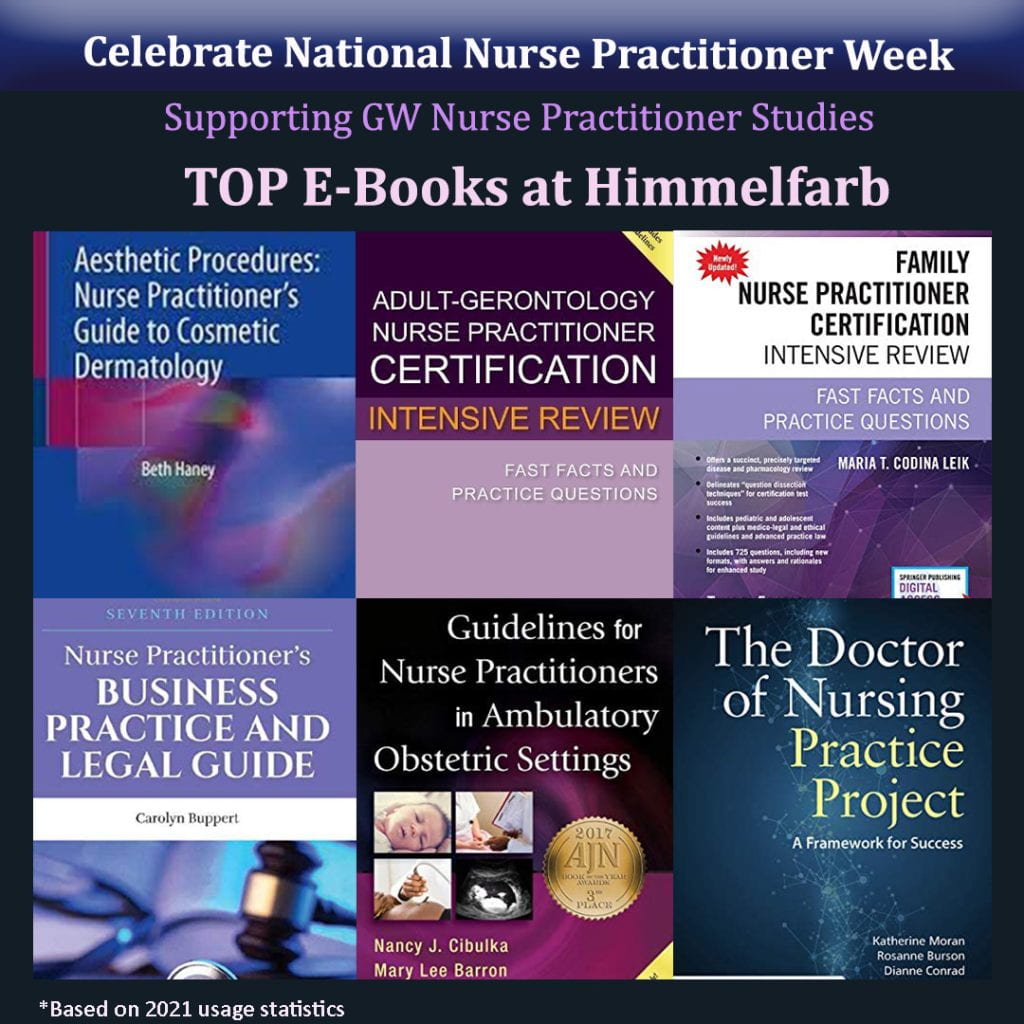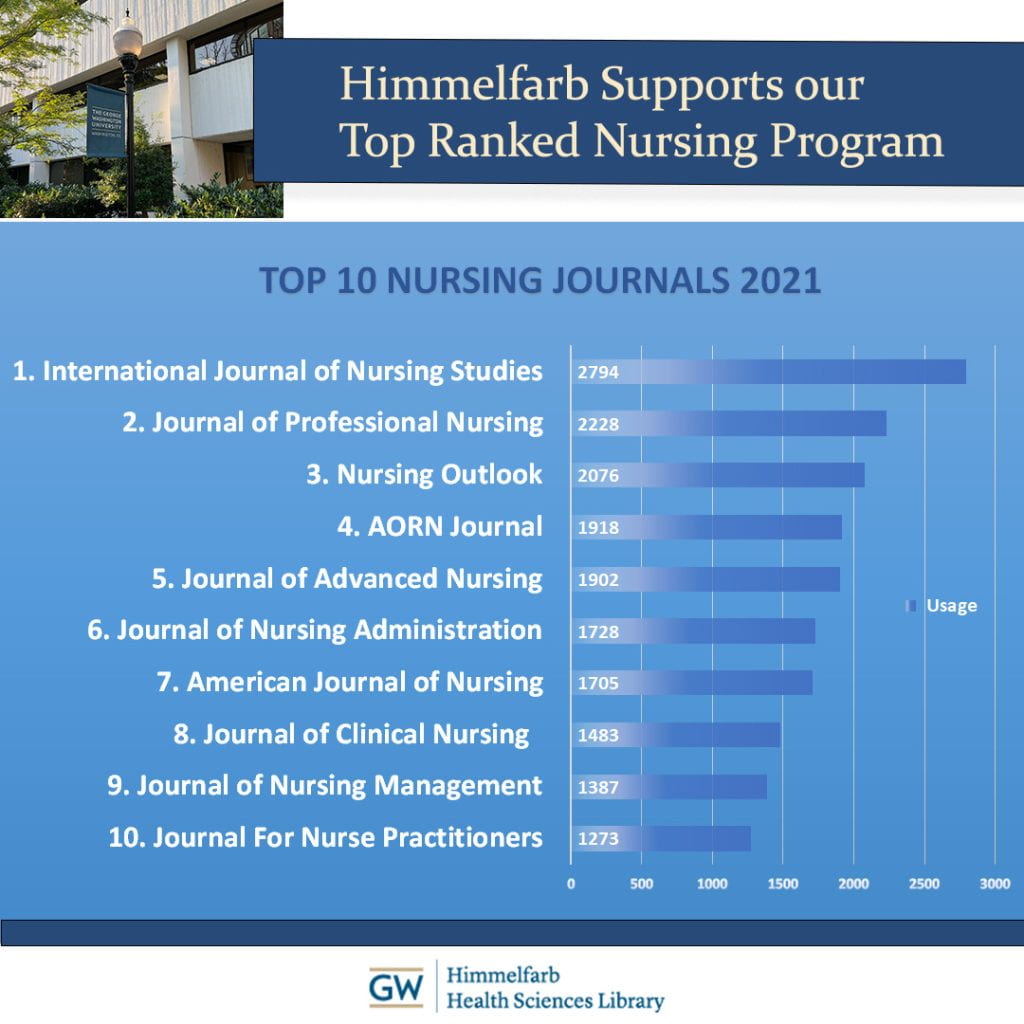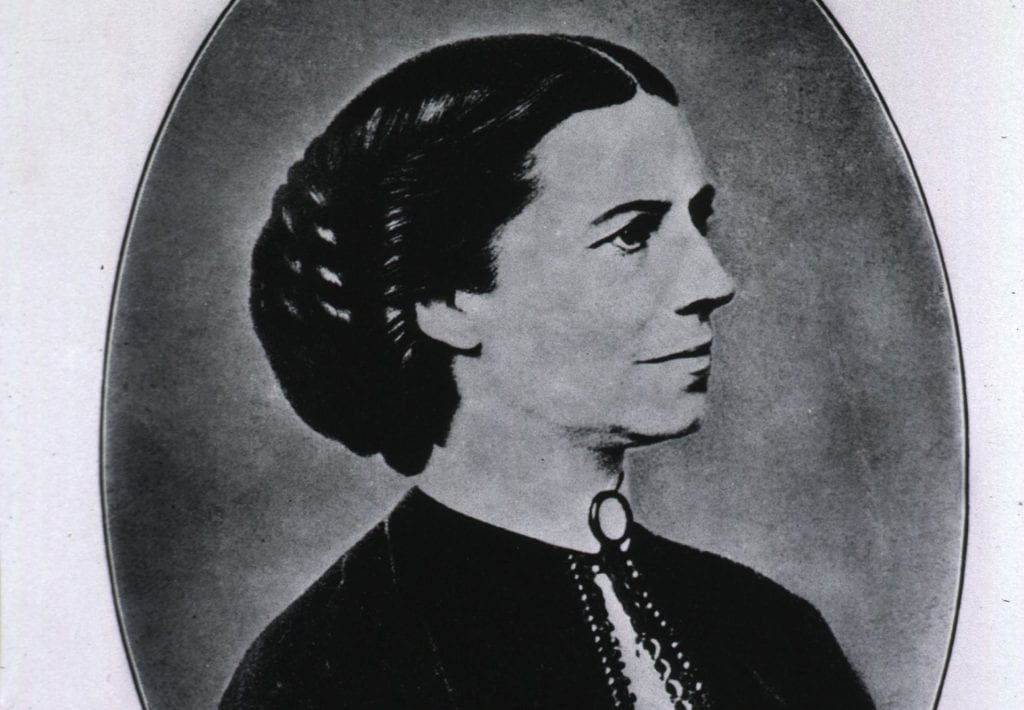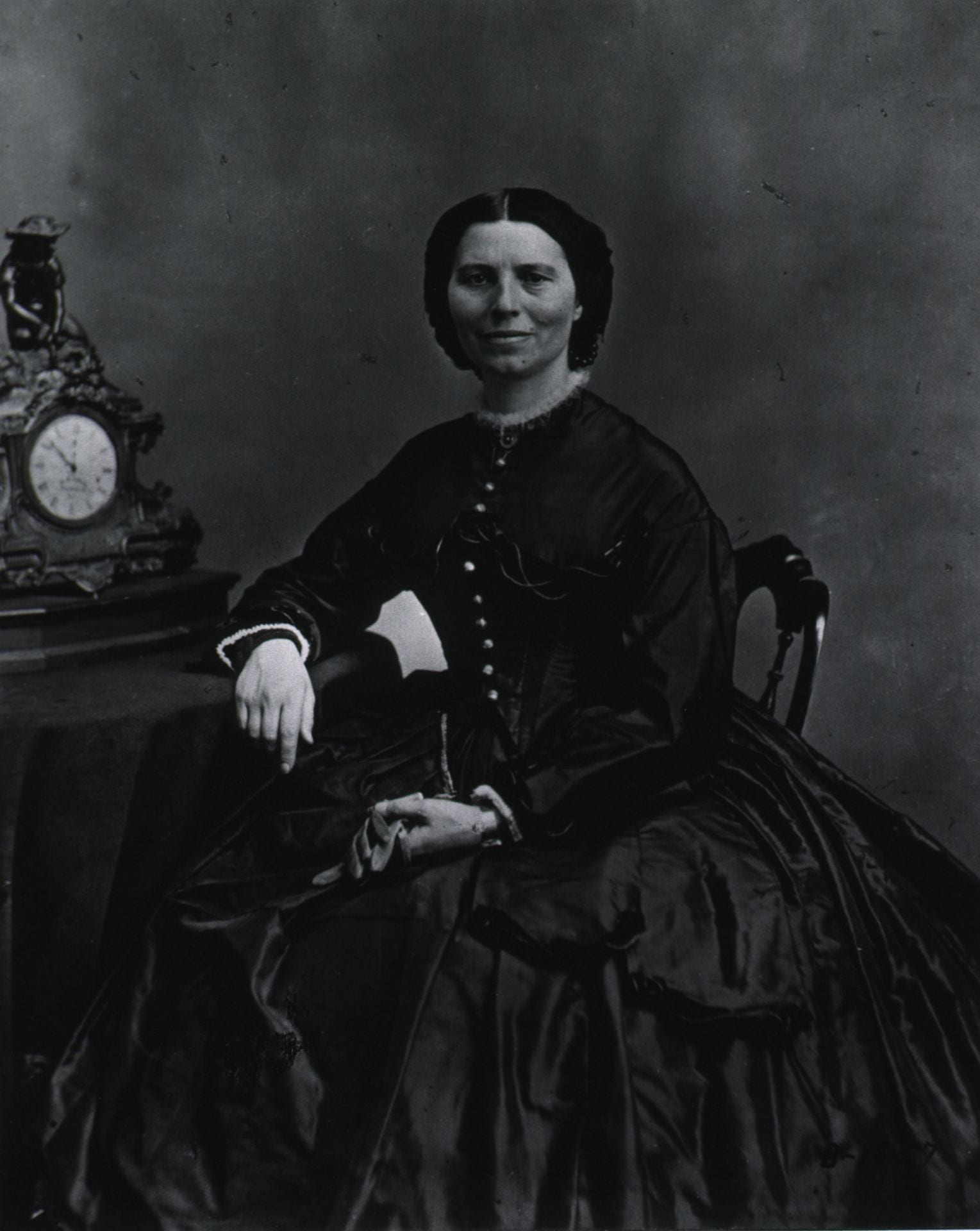
November 13-19, 2022 is National Nurse Practitioner Week! Himmelfarb Library is proud to support our nurse practitioner (NP) students and faculty by providing a glance at our top NP e-books!
- Aesthetic Procedures: Nurse Practitioner’s Guide to Cosmetic Dermatology: This textbook offers guidance to both experienced and novice aesthetic NPs. It reviews skin structure and anatomy, facial structure aging, the effects of aging and environmental exposures, pharmacology of aesthetic medications, benefits of treatments, and more. This is a one-stop resource for in-depth learning about cosmetic dermatology!
- Adult-Gerontology Nurse Practitioner Certification Intensive Review: This is a must-have resource if you are studying for the adult-gerontology primary care NP certification exam (AGNP exam). This concise, well-organized text includes updated information, review questions at the end of each chapter, full-color images, and four practice tests with hundreds of practice questions and rationales (800 questions in total). Get test-ready with targeted “need-to-know” details about diseases and classic presentations you’ll see in patients across the lifespan.
- Family Nurse Practitioner Certification Intensive Review: This text synthesizes the complex knowledge you’ll need to pass the ANCC and AANPCB certification exams. New test-format questions that include photos of skin and eye conditions and EKGs are included alongside drag-and-drop and multiple-choice questions. Non-clinical topics that are part of the exam are also covered including research, ethics, legal issues, advanced practice law, health practices of various cultures, and reimbursement guidelines. More than 700 practice questions are included to help you prepare!
- Nurse Practitioner’s Business and Legal Guide: This book explains and analyzes legal issues for relevant nurse practitioners. This edition includes documentation requirements for avoiding malpractice, new case studies on risk management, current state laws, regulatory developments and prosecutions of NPs, and case analyses and lessons from these cases. Additional topics covered include medical bio-ethics terminology, malpractice cases, emerging health policy issues, opioid and controlled drugs prescribing guidelines, clinical performance measures, and much more!
- Guidelines for Nurse Practitioners in Ambulatory Obstetric Settings: This clinical reference is a comprehensive source for current, evidence-based guidelines for NPs. This text covers clinical topics and practice standards relevant to preconception, prenatal, and postpartum nursing care. Each topic is broken down by definition, etiology, history, physical exam, lab exam, differential diagnosis, treatment, complications, consultation/referral, and follow-up.
- The Doctor of Nursing Practice Project: A Framework for Success: This book provides a road map for DNP students to complete their DNP project effectively and efficiently. This text outlines how the project has been used to prepare clinical scholars for practice. This edition includes a newly added chapter on health policy that highlights DNP core competencies used in advocating for healthcare policy change.
In addition to these high-use titles, Himmelfarb also has a Nurse Practitioners Guide that links to core research databases such as CINAHL Complete, ClinicalKey for Nursing, PubMed, and Scopus to help you research and find full-text resources. This research guide can also help our NP students and faculty identify resources relevant to physical examination, diagnosis, drug information, professional organizations, and evidence-based practice. The textbooks tab provides links to all required textbooks and includes links to additional recommended textbooks.
Accessing these e-books from anywhere is easy! Check out our Off-Campus Access Guide for tips and instructions on how to access these books from off-campus. And remember - our reference staff is always available to help answer your questions about research or access to our resources!





